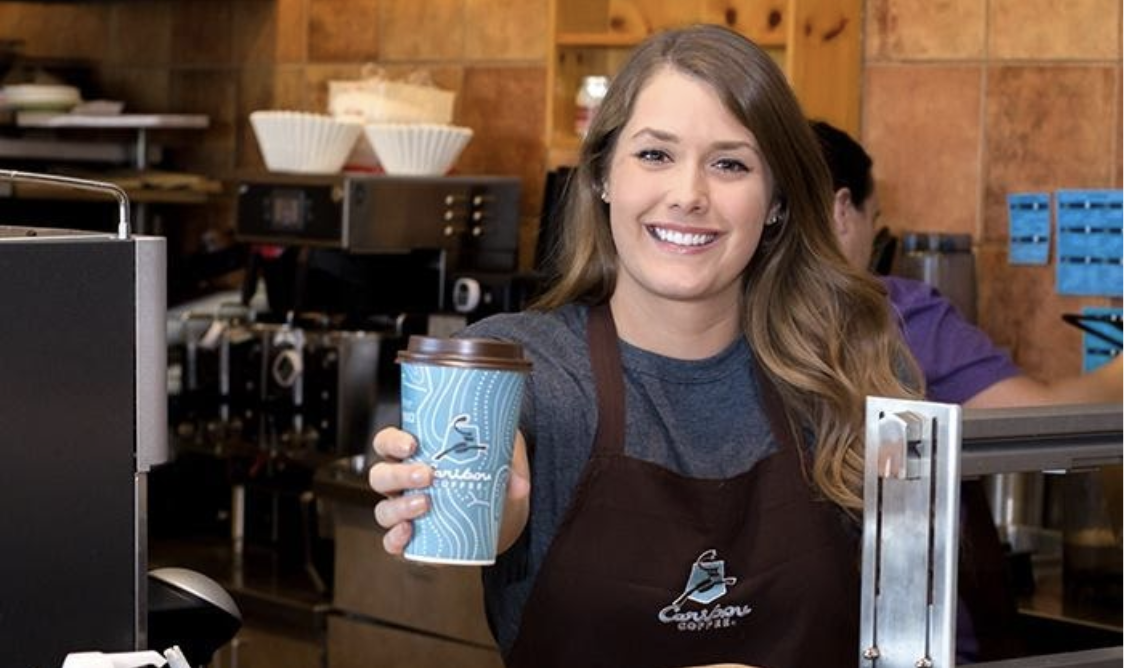Labor costs have always been a top concern for restaurant leaders, but being understaffed puts a strain on operations and can make guests feel like they are being ignored, or worse still, forgotten.
Since becoming an IT product manager at Caribou Coffee after many years in an operations support role, Kim Olson has helped build a technology strategy that reflected the brand’s core value of delivering an exceptional customer experience. Key to this strategy was making back-of-house operations as efficient as possible to ensure management and team members were freed up to focus on guest interactions.
Olson believes the optimization of labor management not only leads to better customer service, but also creates an environment that is fun to be a part of, which serves as a strong recruiting tool in an era where unemployment is low and competition is stronger than ever.
“If someone comes in for a job interview and sees an operation where people are running around looking unhappy, they aren’t going to want to work there,” Olson says. “But if they come in and everyone’s smiling having fun, doing something they take pride in, that’s where someone wants to work.”
In order to properly execute its strategy, Caribou Coffee has turned to the CrunchTime! TeamworX labor solution to enhance labor management efficiency and create a better environment for guests and employees alike. Prior to implementation, managers had to construct employee schedules based on availability and time-off requests scribbled on sticky notes. It was a time-consuming process that sometimes led to insufficient staffing. Now employees can ask for time off or a shift swap through the TeamworX app, and management can build schedules based on sales forecasts driven by data.
Another way technology has helped better organize Caribou Coffee’s back-of-house operations is by delivering real-time sales and inventory updates. Prior to leveraging CrunchTime’s forecasting abilities, Caribou Coffee conducted inventory once per month—a task that took about two hours. After implementation, managers now spend about 30 minutes per week entering inventory data that allows them to make smarter decisions based on timely information. Managers can also quickly reference trends based on years past, which can help inform their ordering.
“The worst thing we can do is tell our guests no, we don’t have what they want because we ran out,” Olson says. “So we pride ourselves on always having key items. On the other hand, having too much of something can lead to food waste.”
“The worst thing we can do is tell our guests no, we don’t have what they want because we ran out. So we pride ourselves on always having key items.”
Another feature Caribou Coffee has enjoyed is CrunchTime’s ability to interact with the other systems in its technology stack. Their HR app, for example, can communicate with TeamworX, seamlessly setting up new employees in the system before they ever hit the floor. Olson says this has helped eliminate a lot of the manual errors they had encountered in the past. It also means Caribou Coffee is better prepared for the lunch rush than ever before.
“Systems should support strategy,” Olson says. “Our primary goal is guest services, something our brand prides itself on. So we try to make sure our tech systems really support that strategy of giving a memorable customer service experience.”
By Charlie Pogacar

